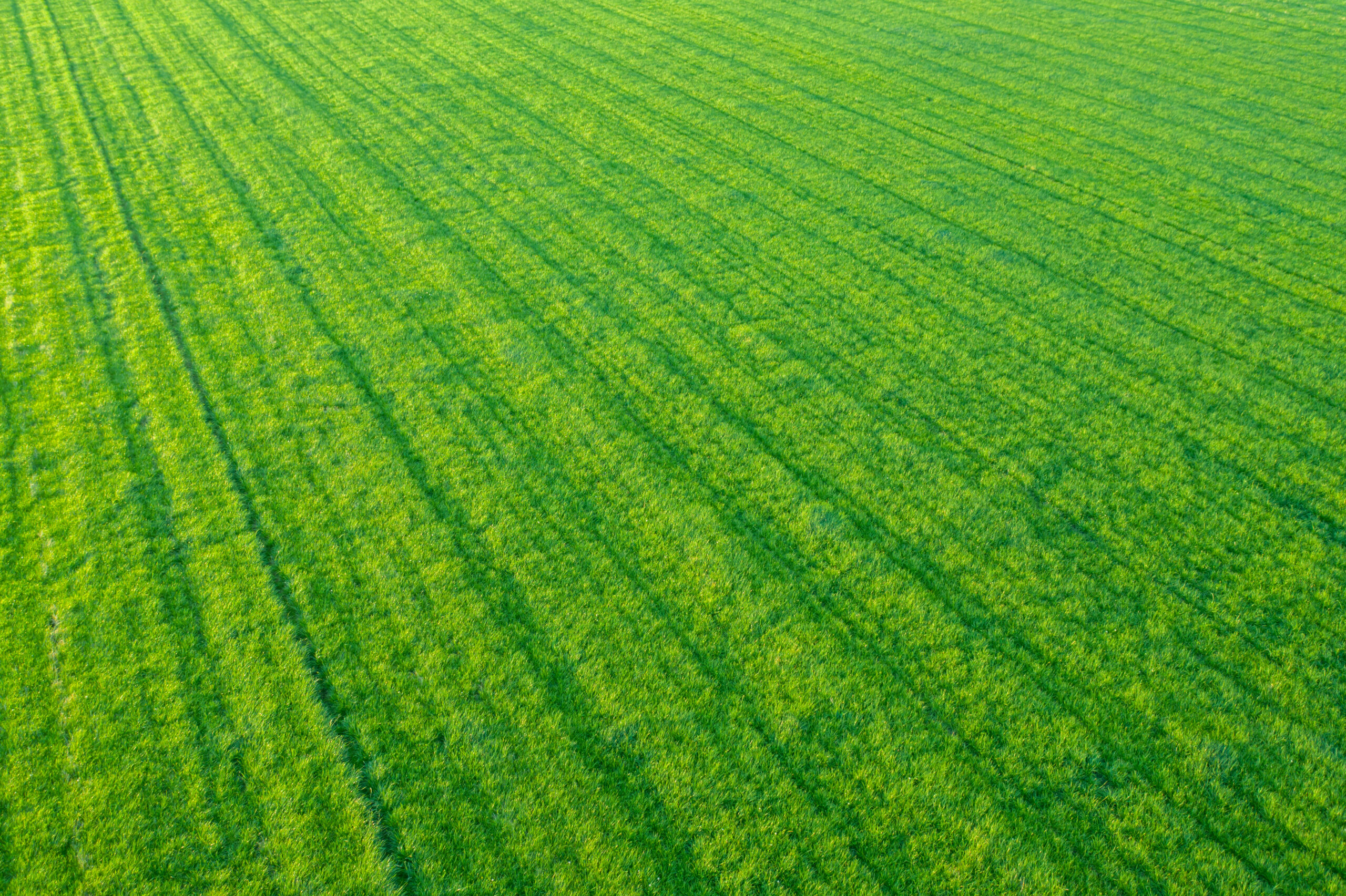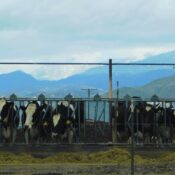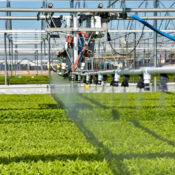
Greening the Land: How Farming Practices Can Help Tackle the Climate Crisis
Introduction
In recent years, the climate crisis has become one of the most pressing challenges of our time. As the world grapples with rising temperatures, extreme weather events, and loss of biodiversity, finding sustainable solutions is crucial. One area where significant progress can be made is in transforming farming practices. By adopting greener and more environmentally friendly methods, farmers can play a vital role in mitigating climate change and preserving the health of our planet. This article explores how farming practices can help tackle the climate crisis and pave the way for a more sustainable future.
Table of Contents
- Understanding the Climate Crisis
- The Impact of Agriculture on the Environment
- Sustainable Farming Practices
- Regenerative Agriculture: Restoring the Land
- Organic Farming: Eliminating Harmful Chemicals
- Agroforestry: Harnessing the Power of Trees
- Precision Agriculture: Optimizing Resource Use
- Water Management Techniques
- Soil Health and Carbon Sequestration
- Biodiversity Conservation
- The Role of Technology in Sustainable Farming
- Policy and Incentives for Change
- Collaboration and Knowledge Sharing
- Challenges and Opportunities
- Conclusion
Understanding the Climate Crisis
The climate crisis refers to the long-term changes in temperature, precipitation patterns, and other aspects of the Earth's climate system. It is primarily driven by human activities, particularly the burning of fossil fuels and deforestation. The resulting increase in greenhouse gas emissions, such as carbon dioxide and methane, is causing the Earth's temperature to rise at an alarming rate. This global warming has far-reaching consequences, including rising sea levels, more frequent and intense heatwaves, droughts, and storms.
The Impact of Agriculture on the Environment
Agriculture is a significant contributor to the climate crisis. Traditional farming practices often involve intensive chemical use, excessive water consumption, and deforestation. These activities release greenhouse gases, degrade soil quality, and contribute to water pollution. Moreover, large-scale monoculture farming reduces biodiversity and disrupts natural ecosystems. To combat the climate crisis effectively, it is crucial to address the environmental impact of agriculture.
Sustainable Farming Practices
Sustainable farming practices offer a promising solution for reducing agriculture's contribution to the climate crisis. By implementing environmentally friendly techniques, farmers can minimize their carbon footprint, conserve resources, and promote ecological balance. These practices encompass a range of approaches, including regenerative agriculture, organic farming, agroforestry, precision agriculture, water management techniques, soil health improvement, and biodiversity conservation.
Regenerative Agriculture: Restoring the Land
Regenerative agriculture is a holistic approach that focuses on restoring and revitalizing the land. It involves implementing practices that increase soil health, enhance biodiversity, and promote carbon sequestration. By adopting regenerative agriculture techniques such as cover cropping, crop rotation, and minimal tillage, farmers can improve soil fertility, reduce erosion, and store more carbon in the ground. These practices contribute to climate change mitigation while ensuring the long-term sustainability of farming.
Organic Farming: Eliminating Harmful Chemicals
Organic farming eliminates the use of synthetic fertilizers, pesticides, and genetically modified organisms (GMOs). Instead, it relies on natural and sustainable methods to control pests, enhance soil fertility, and promote biodiversity. Organic farming practices, such as crop diversification, composting, and biological pest control, help minimize the release of greenhouse gases and protect the health of farmers and consumers. By choosing organic farming, farmers can contribute to reducing the climate impact of agriculture.
Agroforestry: Harnessing the Power of Trees
Agroforestry combines agriculture with the cultivation of trees and other woody plants. This practice offers numerous benefits, including improved soil structure, enhanced water retention, and increased carbon sequestration. By incorporating trees into their farming systems, farmers can create windbreaks, provide shade for livestock, and establish diverse ecosystems. Agroforestry plays a crucial role in reducing greenhouse gas emissions, promoting sustainable land use, and enhancing the resilience of agricultural landscapes.
Precision Agriculture: Optimizing Resource Use
Precision agriculture leverages technology and data to optimize resource use in farming. By employing tools such as remote sensing, GPS, and advanced analytics, farmers can monitor crop health, precisely apply fertilizers and pesticides, and minimize waste. Precision agriculture maximizes resource efficiency, reduces greenhouse gas emissions, and improves overall productivity. It allows farmers to make informed decisions based on real-time data, resulting in more sustainable and environmentally friendly farming practices.
Water Management Techniques
Water scarcity is a significant concern in many regions, exacerbated by climate change. Implementing efficient water management techniques is essential for sustainable agriculture. Practices such as drip irrigation, rainwater harvesting, and precision watering systems help minimize water wastage and ensure optimal use. By adopting these techniques, farmers can reduce their water footprint, increase crop yield, and contribute to water conservation efforts.
Soil Health and Carbon Sequestration
Healthy soil is a vital component of sustainable agriculture and climate change mitigation. Practices that enhance soil health, such as cover cropping, crop rotation, and organic amendments, promote carbon sequestration. When organic matter is incorporated into the soil, it acts as a carbon sink, storing carbon dioxide and reducing its concentration in the atmosphere. By adopting soil health improvement practices, farmers can contribute to carbon sequestration and combat the climate crisis.
Biodiversity Conservation
Preserving biodiversity is crucial for maintaining the ecological balance and resilience of agricultural systems. By promoting biodiversity through practices such as habitat preservation, pollinator-friendly planting, and diversified crop rotations, farmers can enhance pest control, improve soil fertility, and reduce reliance on external inputs. Biodiversity conservation also contributes to climate change adaptation by enhancing ecosystem services and fostering natural resilience.
The Role of Technology in Sustainable Farming
Technology plays a crucial role in driving sustainable farming practices. Innovations such as smart sensors, drone technology, and data analytics enable farmers to monitor crops, optimize resource use, and make data-driven decisions. Additionally, advancements in genetic engineering and biotechnology offer opportunities for developing climate-resilient crops and enhancing agricultural productivity. By embracing technology, farmers can leverage its potential to address the climate crisis effectively.
Policy and Incentives for Change
Creating an enabling policy environment is essential for promoting sustainable farming practices. Governments can implement regulations that encourage the adoption of climate-friendly techniques, provide financial incentives for sustainable agriculture, and support research and development in the field. Policy measures such as carbon pricing and subsidies for sustainable practices can incentivize farmers to transition towards more environmentally friendly farming methods.
Collaboration and Knowledge Sharing
Collaboration and knowledge sharing are vital for accelerating the adoption of sustainable farming practices. Farmers, researchers, policymakers, and stakeholders need to work together to exchange best practices, share experiences, and co-create innovative solutions. Platforms for knowledge exchange, farmer-to-farmer networks, and partnerships between different stakeholders can facilitate the dissemination of information and promote collective action for addressing the climate crisis in agriculture.
Challenges and Opportunities
While sustainable farming practices offer significant benefits, their widespread adoption faces several challenges. Limited access to resources, lack of awareness and training, and financial constraints can hinder farmers from transitioning to greener methods. Additionally, scaling up sustainable practices requires supportive infrastructure, technological support, and policy frameworks. However, overcoming these challenges presents opportunities for fostering rural development, promoting food security, and mitigating climate change.
Conclusion
The climate crisis requires urgent action, and transforming farming practices is a crucial step towards a sustainable future. By adopting greener and more environmentally friendly methods, farmers can contribute to climate change mitigation, preserve natural resources, and ensure food security. From regenerative agriculture to precision farming and biodiversity conservation, a range of sustainable practices is available. By harnessing the power of innovation, collaboration, and knowledge sharing, we can build a resilient agricultural sector that helps tackle the climate crisis and ensures a healthier planet for future generations.
FAQs
1. How can sustainable farming practices help tackle the climate crisis? Sustainable farming practices minimize greenhouse gas emissions, conserve resources, and promote ecological balance, thus contributing to climate change mitigation.
2. What is regenerative agriculture, and how does it benefit the environment? Regenerative agriculture focuses on restoring soil health, enhancing biodiversity, and promoting carbon sequestration, resulting in improved land and reduced climate impact.
3. How does precision agriculture optimize resource use in farming? Precision agriculture uses technology and data to monitor crop health, apply resources efficiently, and minimize waste, leading to more sustainable and productive farming.
4. What role does biodiversity conservation play in sustainable agriculture? Biodiversity conservation in agriculture enhances natural resilience, improves soil fertility, and reduces reliance on external inputs, contributing to sustainable and climate-friendly farming.
5. How can policymakers support the adoption of sustainable farming practices? Policymakers can implement regulations, provide financial incentives, and support research and development to encourage farmers to transition to sustainable methods.
Recent Posts
Unlocking the Potential of Your Farm with USAG
+1 (805)-455-7524
info@usagfarm.us



